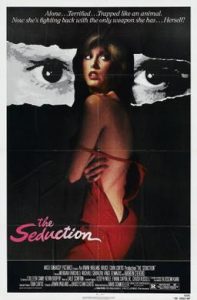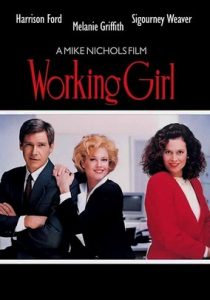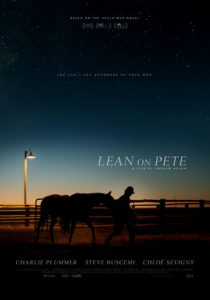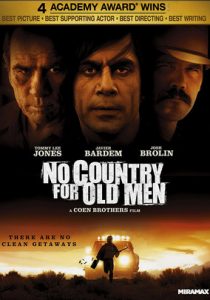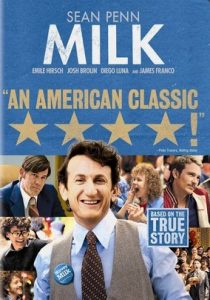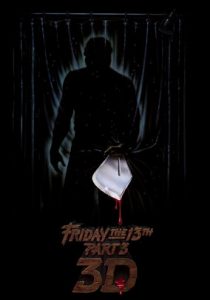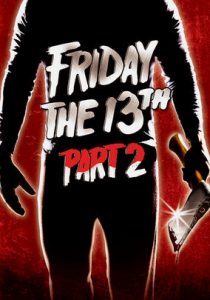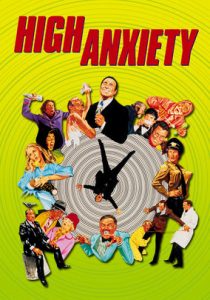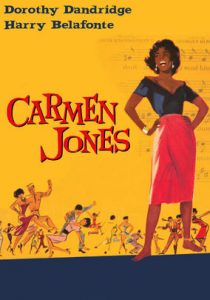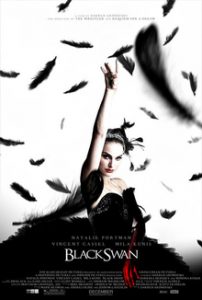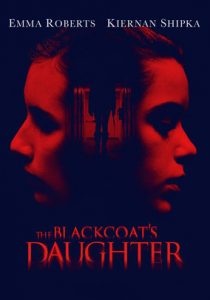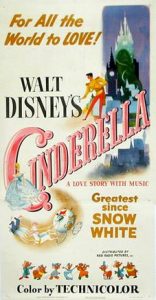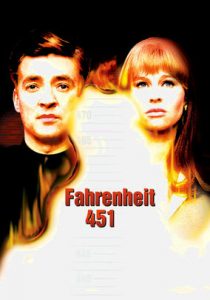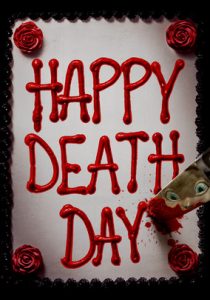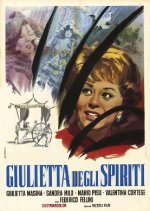The Seduction-1982
Director David Schmoeller
Starring Morgan Fairchild, Andrew Stevens
Scott’s Review #749
Reviewed April 27, 2018
Grade: C
The Seduction (1982) is a slick, by-the-numbers voyeuristic thriller that could be a made-for-television Lifetime channel or Hallmark channel production- or something of that ilk.
A woman being stalked by a dangerous admirer is quite formulaic and episodic. Alas, at the time of release, it was a major motion film and a perfect starring vehicle for the upstart young actress of the time, Morgan Fairchild.
She is well cast and the film has a smoldering, glossy, sexy appeal, but is quite predictable in the story department, leaving little substance behind after the droll conclusion.
Gorgeous and sexy television news anchorwoman Jaime Douglas (Fairchild) has it all with a handsome beau on her arm (Michael Sarrazin) they swim, bathe, and make love many a steamy night as they reside in the lavish Los Angeles hills.
Jaime is approached by a photographer, Derek, (Andrew Stevens) eager to take her pictures, he slowly develops an obsession with her as events become more dangerous and sinister for the young woman until she is finally forced to defend herself from the now crazed stalker.
The role of Jamie is Morgan Fairchild’s big-screen debut and, being unaware of any other actresses were in the mix for the part, she is perfectly cast in a role that just “is her”.
In the glitzy and steamy world of Los Angeles media, how adept were the filmmakers at landing the blonde and leggy actress, who screams plastic and glamour?
Posing on posters on the walls of millions of teenage boys everywhere in the 1980s, director David Schmoeller wisely incorporates multiple scenes of Jamie swimming naked, soaping in the bathtub, or other situations where the actress is semi-nude.
He certainly capitalizes on her looks and popularity with the sensual The Seduction.
The perplexity of the film though is clearly on the story front.
The chemistry between Fairchild and Stevens is readily apparent and while chemistry is crucial between acting leads, it also makes the story far-fetched.
Call me crazy, but I did not get the fear Jaime would experience at the hands of Derek. Dashing and handsome, with much more appeal than her boyfriend Brandon, I felt that Jamie and Derek should have been dating!
Arguably, the only reason Derek becomes obsessed with Jamie is that she refuses to give him the time of day.
I get that the film wanted a really good-looking male lead, but a homely or even average-looking actor playing Derek would have made more sense from a story perspective.
Stevens is way too handsome to elicit real terror- especially since his only crime is wanting a nice romantic date with Jamie.
The film gives a decent glimpse inside the bustling corporate Los Angeles newsroom studios as the offices exude 1980s glitz and glamour the entire film drizzles with sunny, California excesses and the film makes a perfect decision to be set on the West Coast.
The Seduction does well by combining the dark voyeurism of lurking figures in the shadows and the hairspray, lipstick, and shoulder pads shown under the hot lights of competitive L.A. television cameras.
The Seduction falls victim to being a predictable, poorly acted film with the inevitable cliches and final scenes. As the police are of no help to her and her boyfriend brands a rifle, the audience just knows there will be some sort of final stand-off between Jamie and Derek.
The film pulls out all of the possible females in peril stops- the nighttime scenes, Jamie being home alone, scantily dressed and ready to be victimized, Derek continually lurks around (as he does through most of the film) secretly taking photos, sweating, and breathing lustfully.
The climactic conclusion was far from satisfying or surprising.
A wise cinema friend once coined the term “craptastic” to describe an otherwise atrocious film that somehow contains some sort of morbid appeal- perhaps being so bad it’s good?
I think the 1982 film The Seduction falls perfectly into this category- predictable and trivial, the film is an intended watch for only those seeking something shamelessly awful, that holds little appeal yet for the gorgeous stars Fairchild and Stevens, who hold the film together while looking great.
